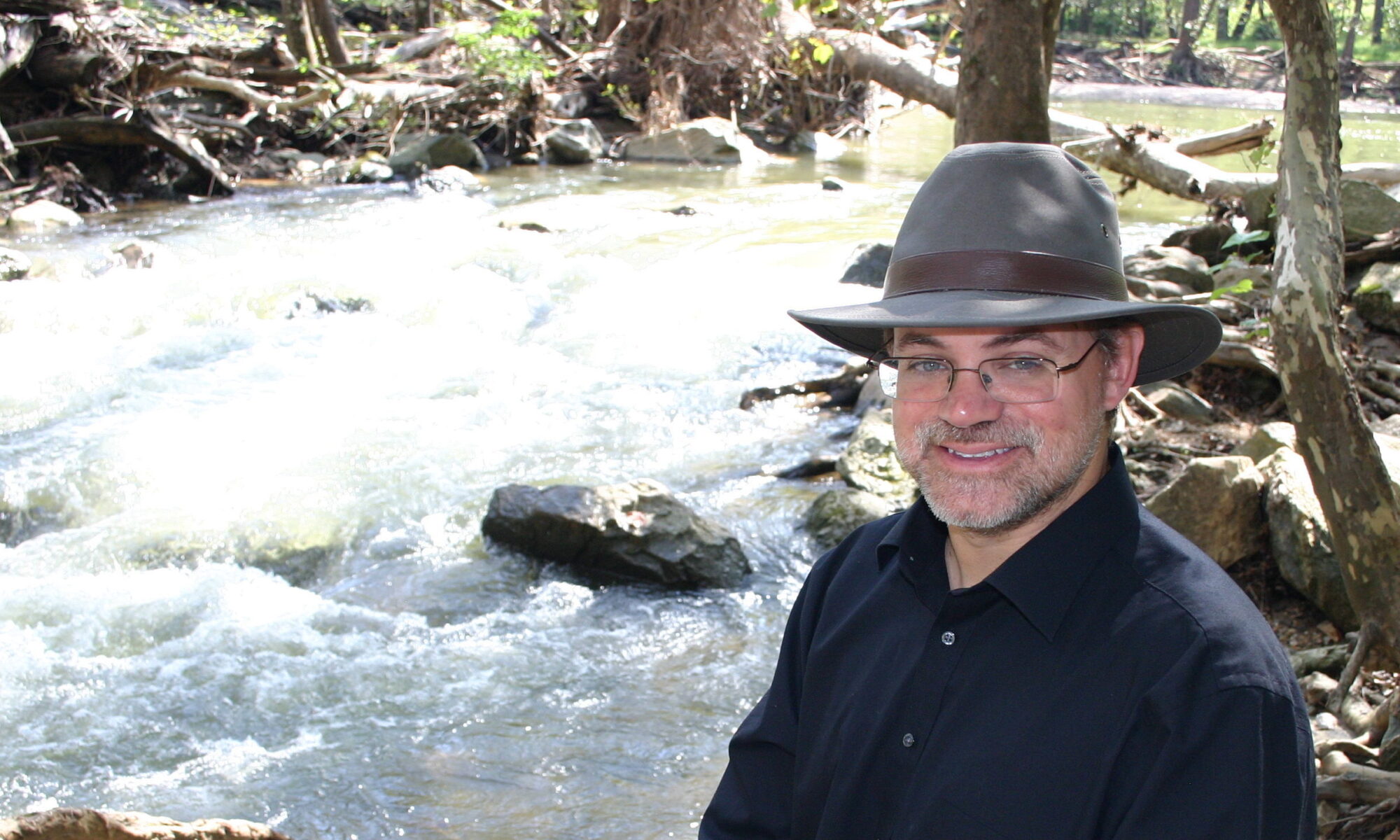What is the Gospel of John?
In this session we focus on the fourth gospel, John, that many consider to be one of the most beautiful books in the Bible. John is a highly symbolic book filled with vivid images, scenes, and sayings that all address the question of who and what Jesus is. I hope these Bible Labs will help you explore a few of those a bit more.
Bible Lab 1 – The Prologue: John 1:1-19
The opening of John is one of the most arresting passages in Scripture. Read it slowly and then consider these questions:
- What does it mean to you that Jesus, the Christ, is the Word of God?
- What does it mean to you that the Christ has always existed, and was the agent of creation?
- According to John, who are the people that the Christ seeks?
- Write your own summary of what John’s prologue says about the Christ.
Bible Lab 2 – The Context of John 3:16
John 3:16 is perhaps one of the most familiar verses in the entire Bible. “For God so loved the world that He gave his only Son, so that everyone who believes in Him may not perish but may have eternal life.” The verse is actually the conclusion of the story of Jesus and Nicodemus, a Pharisee who comes seeking to learn more from Jesus in the dead of night.
- Read John 3:1-15.
- What do you think it means to be “born from above”?
- What is the difference between things “born of the flesh” and things “born of the Spirit”?
- Why might it have been so hard for Nicodemus to follow what Jesus is saying?
- Do these reflections add any new understandings to your reading of John 3:16?
Bible Lab 3 – The Confession of Peter
Beyond the scenes of Holy Week and Easter (Palm Sunday, the Last Supper, the Crucifixion and Resurrection), there are very few passages that are present in all four gospels. One of these is the confession of Peter recorded in John 6:67-71 as well as in Matthew 16:13-20, Mark 8:27-30, and Luke 9:18-21. After reading the four passages, consider these questions:
- Why is this scene so important that all four evangelists chose to include it?
- How are the four portrayals of this scene similar? How are they different?
- What do the evangelists claim is the source of Peter’s confession? Why is this important?
Next up : Session 10 – What is the Book of Revelation?
